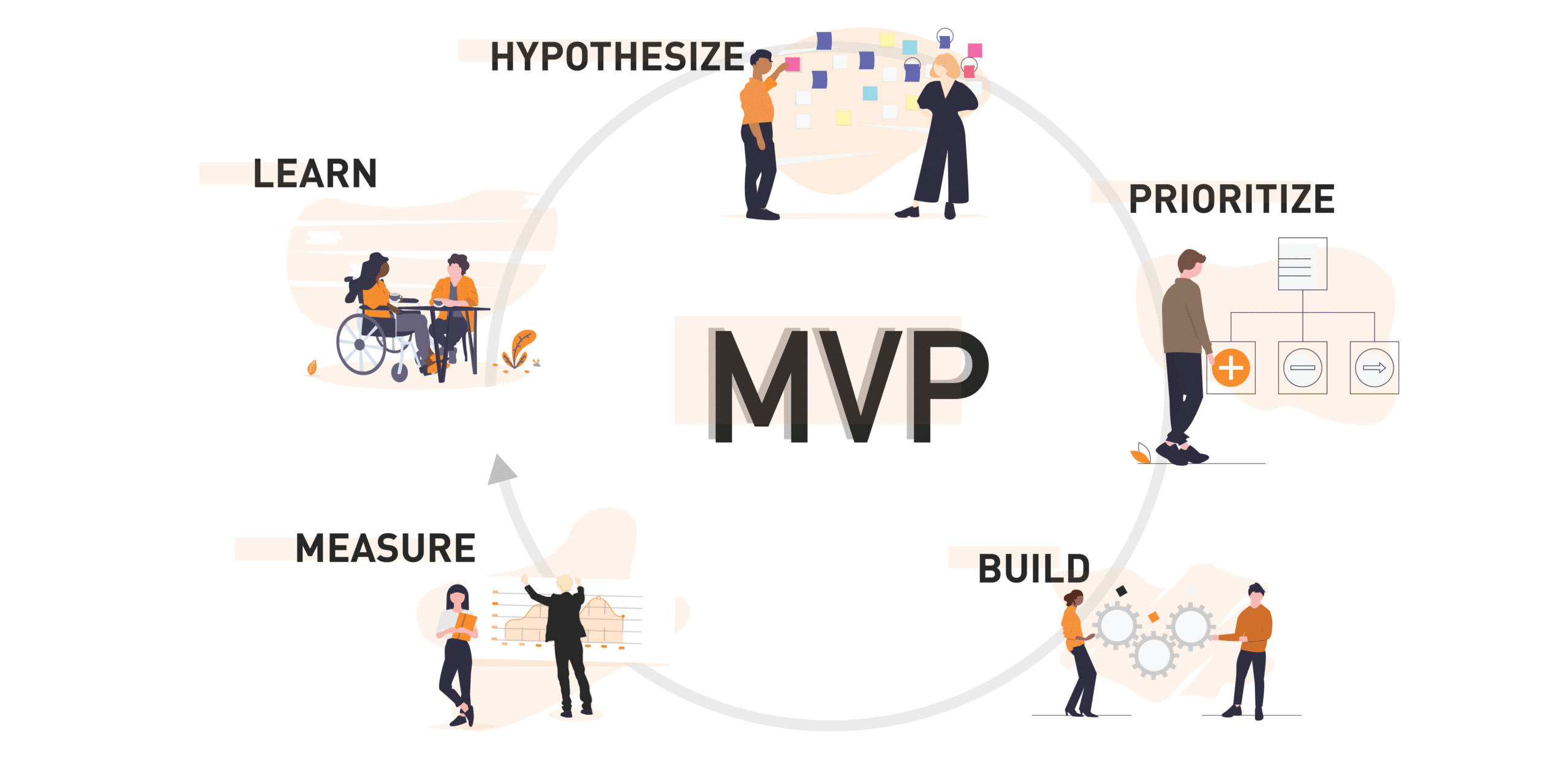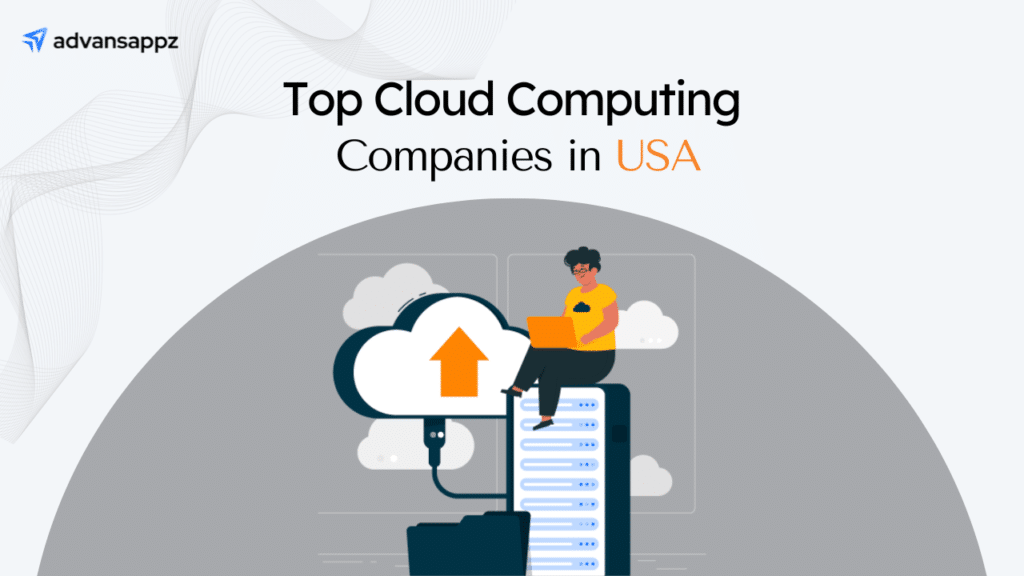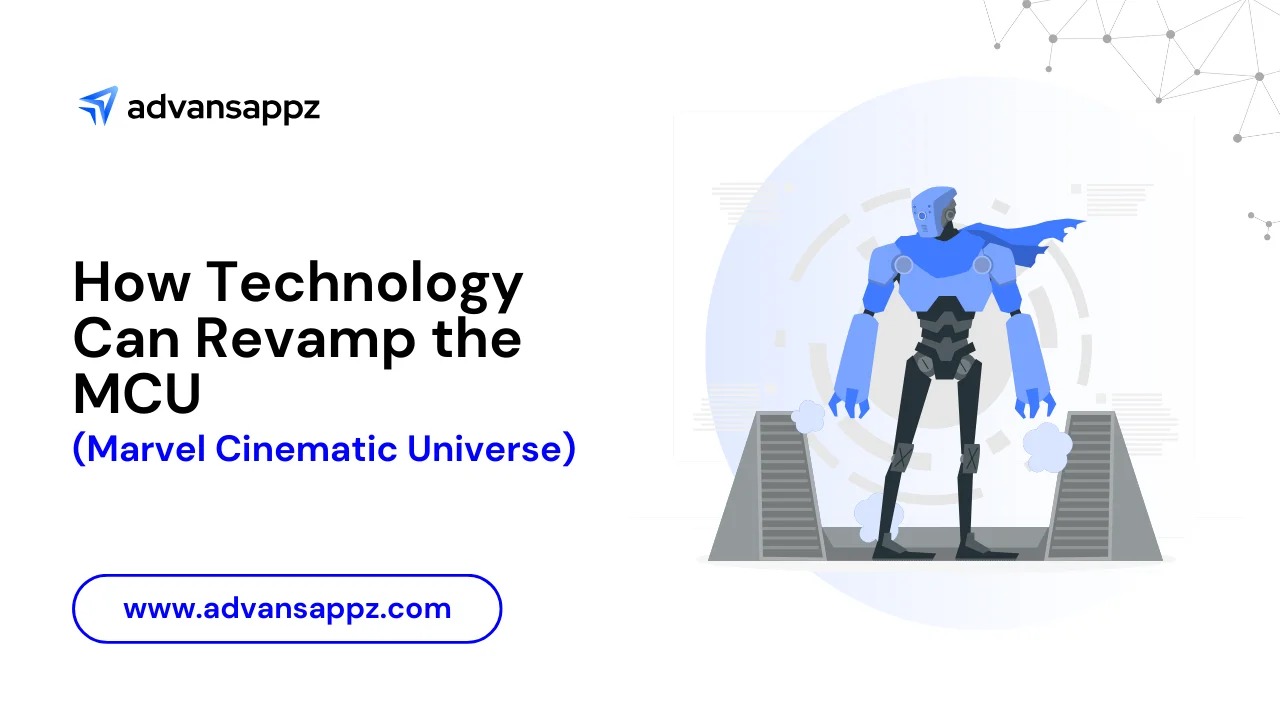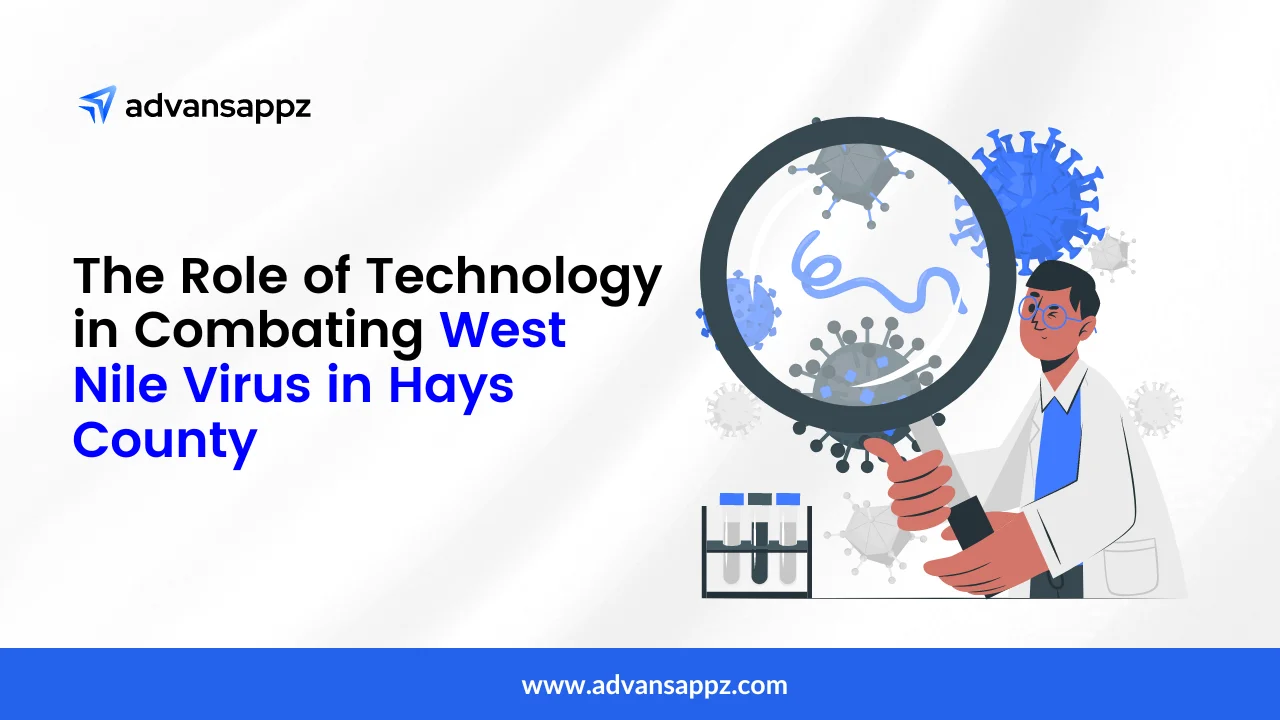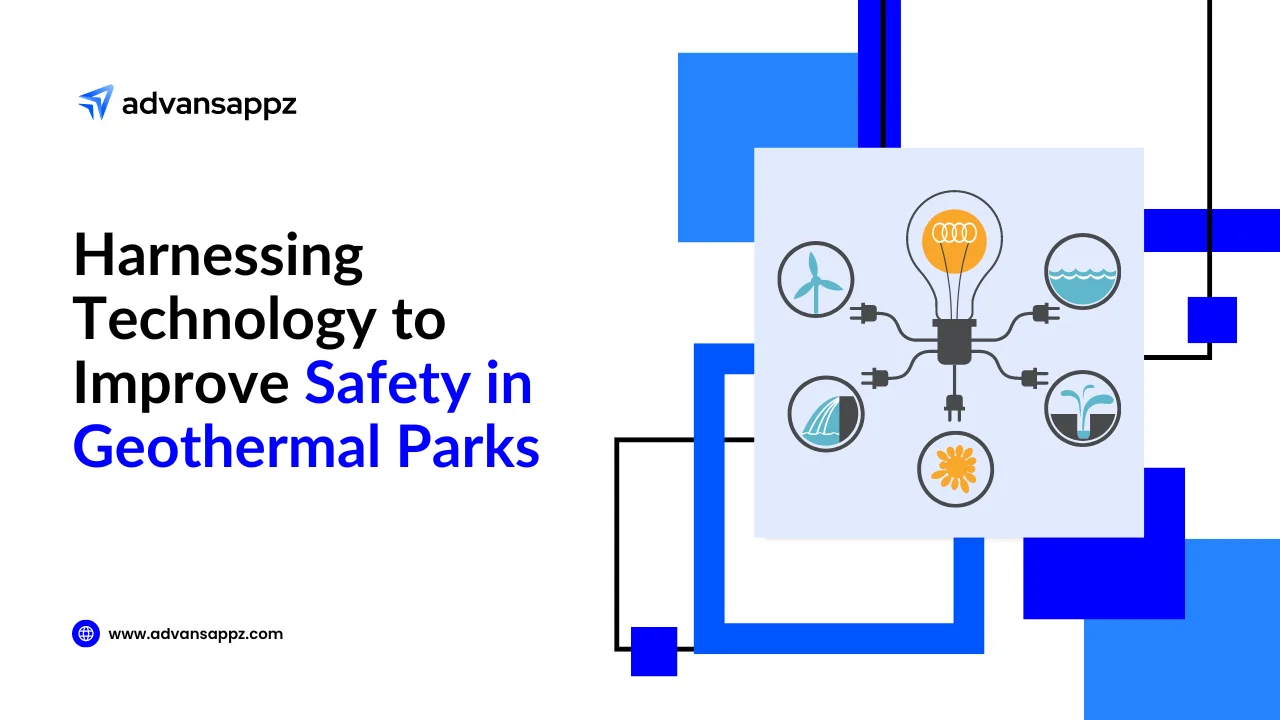
Launching a new product can be both exhilarating and daunting. There are a million things to consider, and it can take time to know where to start. According to Global Startup Ecosystem, 9 out of 10 startups fail due to a lack of product market fit. This is why one of the most critical first steps in building a new product or service should be Minimum Viable Product (MVP) development.
An MVP is the most basic version of your product or service that you can create and still provide value to your customers. MVP development services allow you to test your assumptions about your business idea, gather customer feedback, and iterate quickly based on what you learn.
This blog will cover everything from what an MVP is, why it is essential, and how to create an MVP.
What is an MVP?
An MVP is a product or service with the minimum number of features required to satisfy early customers and provide feedback for future product development. The idea behind an MVP is to launch a product or service with the minimum amount of effort and resources required to test the market and gather feedback.
Why is MVP Development important?
An MVP is an essential tool for startups and product development teams. With MVP development services, businesses can quickly test their ideas, validate their assumptions, and gather feedback from real users. This approach helps save time and resources, as businesses can focus on building essential features of their product and avoid wasting resources on features that don’t add value to their users. The iterative development process enabled by MVPs also allows businesses to continuously improve their product over time based on feedback from early adopters.
By launching an MVP, businesses can also acquire early customers willing to try out the product and provide valuable insights, helping to build a loyal user base from the outset. Ultimately, the importance of an MVP lies in its ability to help businesses build a successful product that meets the needs of their users while minimizing risk and maximizing growth potential.
What is the purpose of MVP Development?
The idea behind an MVP, or Minimum Viable Product, is to create a basic version of a product that can be launched quickly and with minimal resources. The goal of an MVP is to test the viability of a product idea in the market and gather feedback from early adopters.
By creating an MVP, the development team can validate the product idea and gather valuable insights from early adopters, which can then be used to improve the product. This helps reduce the risk of investing significant time and resources into a product that may not have a market or meet its target audience’s needs.
The MVP approach also helps to prioritize the most important features and functionalities of a product, allowing the development team to focus on creating a core product that can be launched quickly and refined based on user feedback.
Benefits of MVP Development

1. MVP development is Cost-Effective
MVP development services are cost-effective as they only develop the product’s essential features, which helps reduce the development cost. Developing a full-scale product can be expensive and risky, and if it fails, it can lead to huge financial losses. With an MVP, startups can test their product idea and validate it with minimal investment; if the idea fails, they can pivot without incurring significant losses.
2. MVP development is Time-Saving
Developing an MVP is an efficient approach that enables startups to focus solely on the core features of their product. This strategy allows them to quickly launch their product into the market and test it with actual users. As startups obtain feedback from their users, they can refine their products and add features that align with user needs. By utilizing an iterative approach, startups can save time and concentrate on building a product that meets the demands of their customers. This continuous improvement process helps startups create a more refined and tailored product that provides genuine value to their users.
3. Customer Validation
Customer validation is a critical aspect of product development. By building an MVP, startups can test their product idea with real users and get feedback. This feedback helps startups understand the customer’s needs, pain points, and preferences, which can be used to refine the product. In addition, this approach allows startups to develop a product that meets customer requirements, which leads to increased customer satisfaction and loyalty.
4. Developing MVPs Reduces Risk
Building an MVP is a risk-reducing strategy that involves testing the product idea with actual users. By obtaining user feedback, startups can identify potential issues with the product and address them before launching it into the market. This approach helps minimize the risk of product failure, and startups can make informed decisions based on customer feedback. In addition, by incorporating customer feedback into their product development process, startups can avoid costly mistakes and build a product that resonates with their target audience. Ultimately, by leveraging the power of an MVP to gather user feedback, startups can create a more successful product that meets the needs of their customers while minimizing risk.
5. MVP development ensures faster Go-to-Market
MVP development services enable startups to swiftly enter the market by focusing solely on the critical features of their product. This strategy enables startups to develop and launch their product quickly, allowing them to gather customer feedback. The insights gained from this feedback can then be utilized to refine the product and add additional features based on customer requirements. By quickly launching their product, startups can gain a competitive advantage and secure a foothold in the market before their rivals. This advantage allows startups to capitalize on the market’s needs, improve their product offering, and create a loyal customer base.
6. Better Product-Market Fit
Product-market fit is a critical aspect of product development. By building an MVP, startups can test their product idea with real users and get feedback. This feedback helps startups to refine the product and make it more suitable for the market. In addition, by developing a product that meets customer requirements, startups can achieve better product-market fit, which leads to increased customer satisfaction and revenue.
MVP development process
The first step in availing MVP development services is defining your target audience and problem statement. Who is your product or service designed for, and what problem does it solve for them? You need to clearly understand your target audience and their pain points to ensure that you’re building something that people actually want.
Step 2: Create a feature list
Once you clearly understand your target audience and problem statement, it’s time to create a list of features for your MVP. This list should include only the essential elements to solve your target audience’s problem. You don’t want to add too many features, or you’ll risk building something too complex that doesn’t provide enough value to your customers.
Step 3: Prioritize your feature list
Once you have a list of features, it’s time to prioritize them. Which features are the most critical to solving your target audience’s problem? Which features can wait until later? Prioritizing your feature list lets you focus on building the most important features first and get your product or service to market faster.
Step 4: Design your MVP
Now that you have your feature list and priorities let’s begin designing your MVP. This doesn’t have to be a polished design, but it should give you a good idea of what your MVP will look like and how it will function. You can use wireframing tools to create simple, low-fidelity designs that let you iterate quickly.
Step 5: Build your MVP
With your design in hand, you can start building your MVP now. Depending on your skill set and resources, you can build your MVP yourself or hire a development team. Of course, you’ll want to focus on building the core features that solve your target audience’s problem first.
Step 6: Test your MVP
You can start by sharing your MVP with a small group of beta testers or by running a pilot program. The goal is to gather customer feedback and identify any areas that need improvement.
Step 7: Iterate based on feedback
You may need to make changes to your design or add new features based on customer feedback. The goal is to make continuous improvements until you have a product or service that solves your target audience’s problem and provides value to your customers.
Step 8: Launch your MVP
There you are! With everything in place, you can now launch your MVP in the wider market. This doesn’t mean you have to launch it to everyone at once. You can start with a soft launch and gradually expand your reach as you gain more customers and refine your product or service.
5 MVP Development Mistakes to Avoid
Building an MVP comes with its own set of challenges, and entrepreneurs need to be cautious to avoid common mistakes that can derail their efforts. Now we will discuss five development mistakes to avoid while building an MVP.
- Overcomplicating the MVP
One of the most common mistakes entrepreneurs make while building an MVP is trying to include too many features, which leads to over-complicating the product. The MVP should be a simple, streamlined product that provides the core value proposition to its users. It should have only the necessary features to help businesses test their assumptions, validate their ideas, and gather feedback. Adding more features to an MVP increases development costs and slows down the process of getting the product to market. Therefore, it’s essential to focus on building the core features that provide value to your customers and keep the product simple.
- Neglecting User Experience
The user experience is an essential aspect of any product, and neglecting it can be a significant mistake while building an MVP. The MVP should be intuitive, easy to use, and provide a seamless experience to its users. The user experience should be a top priority for entrepreneurs because it affects the adoption rate and customer satisfaction. Neglecting the user experience in the MVP stage can lead to low customer retention, negative feedback, and even product failure. Therefore, it’s important to invest time and resources in designing a user-friendly MVP that provides value to its users.
- Underestimating Technical Complexity
Another common mistake while building an MVP is underestimating the technical complexity of the product. Entrepreneurs often assume that the product is easy to build and overlook the technical challenges. This can lead to delays in the development process, budget overruns, and even product failure. Therefore, it’s crucial to assess the technical complexity of the MVP and identify the resources required to build it. Entrepreneurs should also consider the scalability and flexibility of the product to ensure that it can adapt to changing market conditions.
- Not Testing the MVP
Testing is a critical part of MVP development; neglecting it can be a significant mistake. The MVP should be tested rigorously to identify any flaws or bugs that can affect the user experience. Entrepreneurs should also gather feedback from early adopters to understand their needs and preferences. Testing the MVP can help entrepreneurs refine the product, make necessary changes, and improve the user experience. Therefore, investing time and resources in testing the MVP before launching it in the market is essential.
- Ignoring Market Feedback
Market feedback is essential to building an MVP, and ignoring it can be a grave mistake. Instead, entrepreneurs should listen to feedback from early adopters and make necessary changes to the product. Ignoring market feedback can lead to low adoption rates, negative reviews, and even product failure. Therefore, keeping an open mind and adapting the product to changing market conditions is essential.
Examples of Successful MVPs
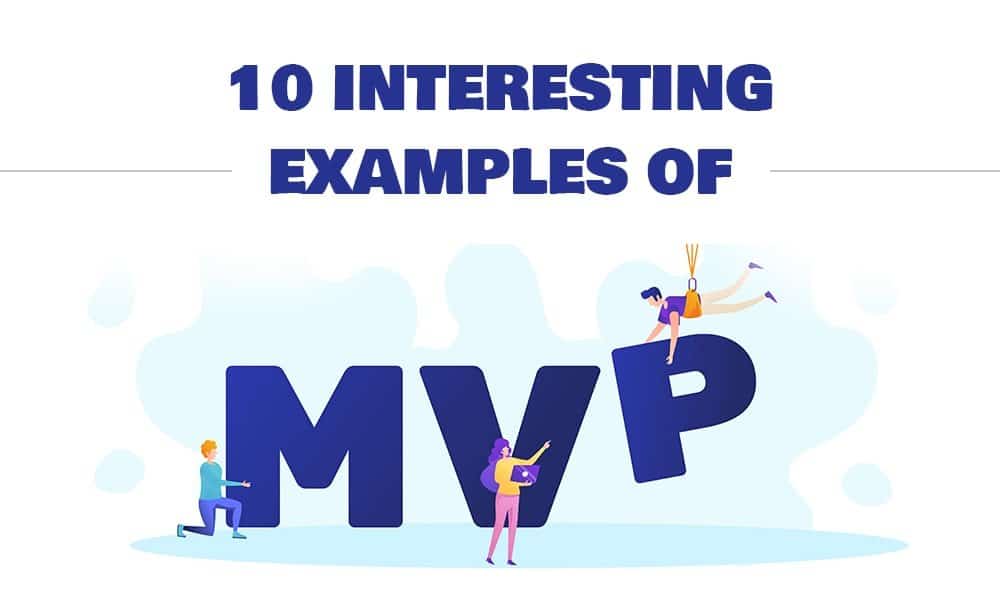
Airbnb:
Airbnb started as a simple MVP in 2008, offering air mattresses in a living room to provide affordable lodging for attendees of a design conference. The founders tested the concept, learned from user feedback, and gradually expanded the platform. Today, Airbnb is a global marketplace connecting millions of travelers with unique accommodations.
Dropbox:
Dropbox Dropbox initially released a basic MVP in 2008, allowing users to easily store and share files in the cloud. The MVP received positive feedback, which validated the demand for such a product. Dropbox continuously iterated and added new features based on user feedback, becoming one of the most popular cloud storage solutions globally.
Uber:
Uber launched its MVP in 2010 with a simple app that connected users with nearby drivers. The concept disrupted the traditional taxi industry by offering convenience and transparency. The early version of Uber provided a reliable transportation solution, and with time, they incorporated user feedback and expanded their services to include various vehicle types and additional features.
Instagram:
Instagram was initially launched as an iOS-only photo-sharing app in 2010. Its MVP allowed users to apply filters and share photos with their network. The app gained popularity quickly due to its simplicity and engaging user experience. Instagram continued to refine and expand its features, attracting millions of users and eventually being acquired by Facebook.
Twitter:
Twitter started as a basic MVP in 2006, offering a microblogging platform where users could post short messages called “tweets.” The MVP allowed users to share their thoughts and connect with others in real-time. Twitter received valuable feedback from early adopters, leading to feature enhancements like hashtags, retweets, and multimedia support, making it one of the most influential social media platforms.
Zappos:
Zappos began as an MVP in 1999, focused on selling shoes online. The founder, Nick Swinmurn, started by taking photos of shoes in local stores and posting them online. When a customer placed an order, he would purchase the shoes from the store and ship them. This MVP validated the demand for online shoe shopping, and Zappos expanded into a successful e-commerce platform.
Slack:
Slack launched in 2013 as an MVP for team communication and collaboration. The initial version focused on providing a simple and organized messaging platform for teams. Slack’s MVP gained traction quickly due to its intuitive interface and efficient communication features. Over time, they added integrations, file sharing, and other features that made it a widely adopted productivity tool.
Buffer:
Buffer started as an MVP in 2010, offering a simplified social media scheduling tool. The MVP allowed users to schedule and manage posts on multiple social media platforms from a single dashboard. Buffer’s MVP addressed a pain point for social media managers and gained traction through word-of-mouth marketing. The platform has since expanded with advanced analytics and team collaboration features.
Spotify:
Spotify initially launched its MVP in 2008 as a music streaming platform. The MVP offered a vast library of music that users could stream for free with occasional advertisements. This MVP provided users with a legal and convenient alternative to pirated music. Spotify received feedback, refined its recommendation algorithms, and added premium subscriptions, becoming a leading music streaming service globally.
Tips for MVP Development Success
Developing an MVP can be a crucial phase for startups. To increase the chances of success, here are some tips to consider:
- Clearly define your goals: Set specific and measurable objectives for your MVP. Identify what you want to achieve and the problem you aim to solve.
- Know your target audience: Conduct thorough market research to understand your target audience’s needs, pain points, and preferences. This will help you build a product that resonates with them.
- Focus on the core value proposition: Strip away non-essential features and concentrate on the core functionality that delivers the most value to your users. Keep your MVP simple and focused to avoid scope creep.
- Prioritize user experience: Design an intuitive and user-friendly interface that makes it easy for users to navigate and interact with your product. A positive user experience is crucial for gaining early adopters and positive feedback.
- Seek early user feedback: Involve your target audience in the development process from the early stages. Gather feedback and iterate based on their input. This will help you validate your assumptions, identify areas for improvement, and align your product with user needs.
Also Check: Why Startups Should Prioritize MVP Development
Conclusion
Building an MVP is crucial for any startup or product development team. By following the steps outlined in this guide, businesses can create a minimum viable product that is functional and valuable to their users. From identifying the problem and defining the user persona to selecting the right features and testing the product with real users, each step in the process is essential for MVP development services.
Remember, an MVP is not a final product but rather a starting point that allows businesses to validate their assumptions, gather feedback, and continuously improve their product over time. By leveraging the power of an MVP, businesses can minimize risk, save time and resources, and create a product that meets the needs of their users.
Frequently Asked Questions
The standard for Minimum Viable Product (MVP) in startups refers to a product development strategy that focuses on creating and launching a basic version of a product with the minimum set of features required to meet the needs of early adopters. The concept was popularized by Eric Ries in his book “The Lean Startup.”
The key principles of an MVP in startups include:
-
Minimum Features: An MVP includes only the core set of features necessary to deliver value to users. It aims to address the most critical problem or pain point that the product intends to solve.
-
Rapid Development: The focus is on developing the MVP quickly, using iterative and agile development methodologies. This allows startups to validate their assumptions and gather feedback from users as early as possible.
-
Learn and Iterate: The primary goal of an MVP is to gather insights, validate assumptions, and learn from user feedback. Startups can use this feedback to refine and improve the product in subsequent iterations.
-
User-Centric Approach: An MVP aims to engage early adopters and gather feedback from them. By involving users in the product development process, startups can understand their needs, preferences, and pain points more effectively.
-
Cost and Resource Optimization: By building an MVP with minimal features, startups can optimize their development costs and efficiently allocate their resources. This approach helps them test the market viability of their product idea before investing significant time and resources.
The specific features and scope of an MVP can vary depending on the nature of the startup, target market, and product goals. The key idea is to create a viable version of the product that demonstrates its value proposition, validates assumptions, and provides a foundation for further development based on user feedback and market validation.
Creating a startup Minimum Viable Product (MVP) involves several steps. Here’s a general process to guide you:
-
Define Your Goals: Clearly identify the problem you’re trying to solve and define the goals and objectives of your MVP. Understand the core value proposition and the key features necessary to address the problem.
-
Identify Target Audience: Determine the specific group of users or customers who will benefit most from your product. Understand their needs, pain points, and behaviors to tailor your MVP accordingly.
-
Prioritize Features: List all the potential features of your product, and then prioritize them based on their importance and impact. Focus on the minimal set of features that will deliver value to your target audience.
-
Build a Prototype: Develop a prototype or mockup of your product to visualize its functionality and user experience. This can be a basic wireframe, interactive mockup, or even a clickable prototype, depending on the complexity of your product.
-
Develop the Core Functionality: Start implementing the core features that address the main problem or pain point. Keep the development scope lean and focused on delivering the primary value proposition.
-
Test and Validate: Once you have a working prototype or MVP, conduct user testing and gather feedback from your target audience. This feedback will help you validate assumptions, identify usability issues, and refine your product.
-
Iterate and Refine: Based on the feedback and insights gained from testing, iterate on your MVP by adding or modifying features, improving user experience, and addressing any identified issues. Aim for quick iterations to gather more feedback and continuously improve your product.
-
Launch and Learn: When you’re satisfied with the iterations and have achieved a level of market readiness, launch your MVP to a wider audience. Monitor user engagement, collect data, and analyze user behavior to gain insights and make data-driven decisions for future product development.
MVP (Minimum Viable Product) offers several benefits to startups:
-
Faster Time to Market: By focusing on essential features and avoiding unnecessary complexity, startups can develop and launch their MVP quickly. This allows them to enter the market faster and gain a competitive advantage over slower-moving competitors.
-
Cost Optimization: Creating an MVP with minimal features helps startups optimize their development costs. By avoiding extensive and unnecessary development efforts, startups can allocate their limited resources more efficiently, reducing expenses and maximizing their runway.
-
Validation of Assumptions: The MVP approach enables startups to validate their assumptions and hypotheses about their target market, user needs, and product-market fit. By releasing a functional product to early adopters and gathering feedback, startups can confirm or adjust their initial assumptions, avoiding building a product that may not resonate with users.
-
User Feedback and Insights: Releasing an MVP allows startups to gather valuable user feedback and insights. This feedback helps in understanding user preferences, pain points, and needs, which can guide future iterations and product enhancements. It enables startups to make data-driven decisions and build a product that truly addresses customer requirements.
-
Early Customer Acquisition: By launching an MVP, startups have the opportunity to acquire early customers or early adopters. These customers can provide valuable testimonials, referrals, and user stories that can be used for marketing and attracting additional customers.
-
Iterative Development: The MVP approach encourages iterative development based on continuous feedback and learning. Startups can make incremental improvements, add features, and refine the product based on user insights, ensuring that they are building a product that meets real market needs.
-
Reduced Risk: Launching an MVP allows startups to mitigate risk by minimizing the investment of time, resources, and capital in a product that hasn’t been validated in the market. It helps startups validate their business model, market demand, and product viability before committing to full-scale development.
The main goal of MVP (Minimum Viable Product) is to validate assumptions and test the viability of a product or business idea with the least effort and resources, while delivering value to early adopters and gathering feedback for iterative development.
Building a successful MVP (Minimum Viable Product) involves several key steps:
-
Define Clear Goals: Clearly define the goals and objectives of your MVP. Understand the problem you’re solving, the target audience, and the value proposition you aim to deliver.
-
Identify Core Features: Identify the core features that directly address the main problem or pain point. Prioritize these features and focus on developing them with high quality and usability.
-
Keep It Simple: Simplify your MVP by eliminating unnecessary features and complexity. Strive for a minimalistic design and functionality that still delivers value to users.
-
Rapid Development: Adopt an iterative and agile development approach. Aim to develop and launch the MVP quickly to gather feedback and validate assumptions as early as possible.
-
User-Centric Approach: Prioritize user experience and feedback. Involve users throughout the development process to understand their needs, pain points, and preferences. Incorporate their feedback to improve the product.
-
Focus on Quality: Even though an MVP is a minimal version, ensure the quality of the product. A reliable and functional MVP builds trust with users and increases the chances of success.
-
Continuous Learning and Iteration: Embrace a learning mindset and continuously iterate based on user feedback and data. Learn from user behavior, engagement metrics, and market response to make informed decisions for future iterations.
-
Monitor Metrics: Establish relevant metrics and track them to measure the success of your MVP. Analyze user behavior, conversion rates, user feedback, and other key performance indicators to guide your decisions.
-
Stay Agile and Flexible: Be open to adjusting your MVP based on feedback and market dynamics. Adapt and pivot if needed to better align with user needs and market demands.
-
Scale Gradually: Gradually scale your MVP based on user feedback, market validation, and resource availability. Expand features and functionalities based on user demands and validated requirements.
